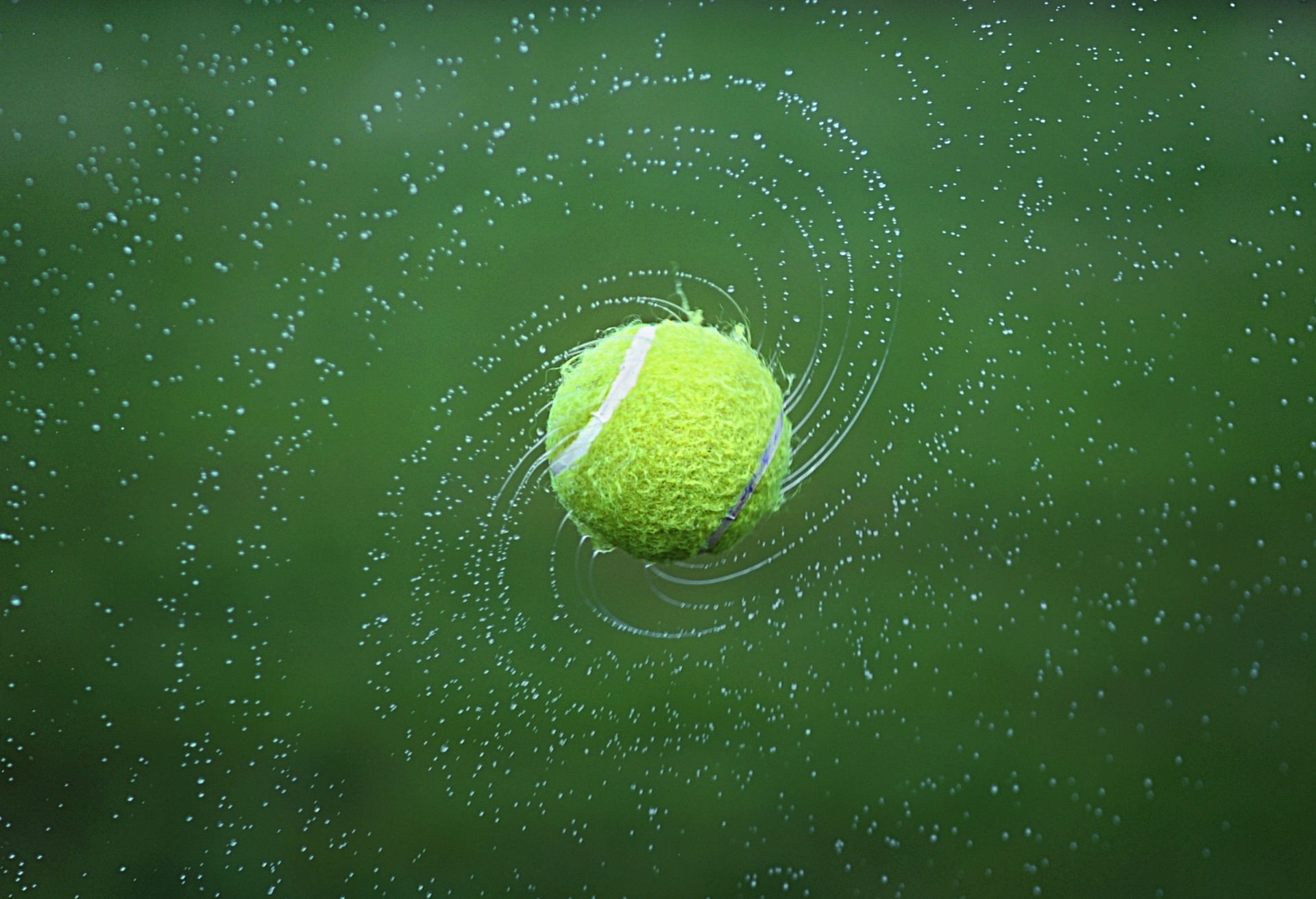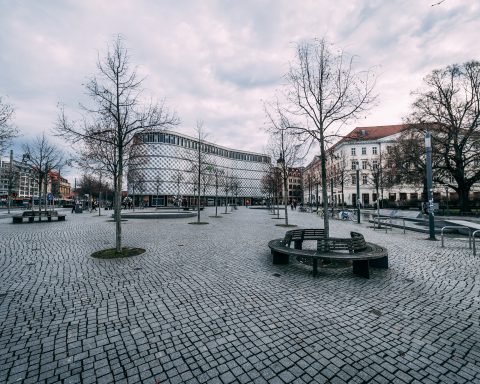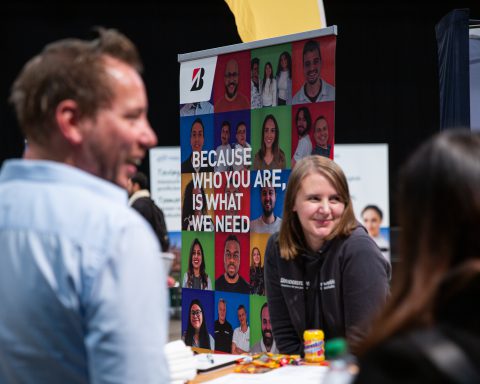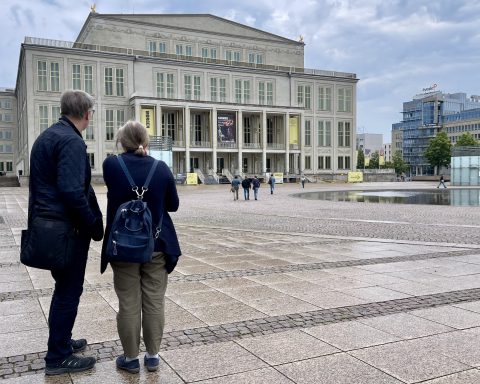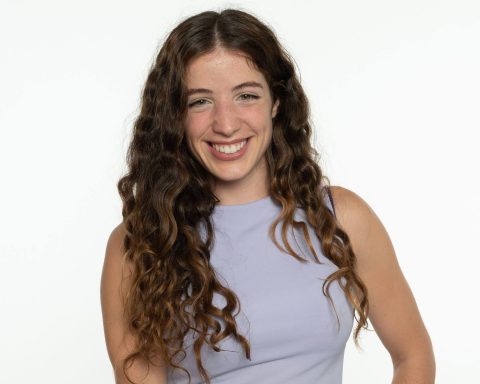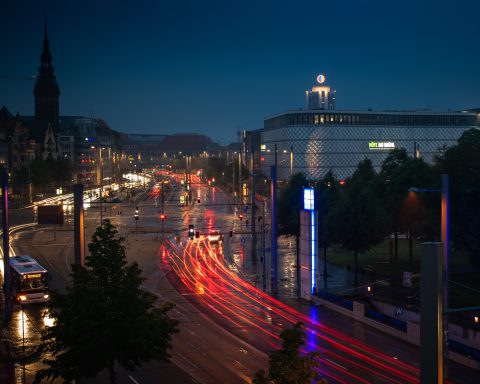As an avid tennis player, I wasted no time in joining a tennis club when I moved to Leipzig in the 1990s and started to play competitively on a team. At the same time, I also became painfully aware of the sport’s dwindling popularity.
Aside from its numerous cultural offerings, Leipzig undoubtedly offers an impressive range of sports facilities and clubs, giving people a chance to pursue their favorite pastimes. I was pleasantly surprised with the range of available facilities, like golf courses, public swimming pools and especially tennis courts.
But what used to be a typical activity, with people crowding tennis courts on weekends and evenings, has now turned into a much more invisible phenomenon.
At least that is the impression I have been getting when driving past local tennis clubs whose courts are largely left empty on the weekend.
Pondering on what this dilemma means for the future of the sport in this region, I sought the opportunity to talk to local tennis professionals and insiders to get their assessment of the situation.
As a frequent player at the Sportpark Leipzig facility in Paunsdorf, I met with Michal Cech, owner of the Czech Tennis Academy International, and Janina Löw and Vivian Doering of the Tennisschule und Akademie Mitteldeutschland (TuAM).
A former tennis star’s plans for the sport in Leipzig
Michal Cech knows what it takes to play tennis competitively, as he himself competed on the professional tour and was ranked as high as No. 5 among male players in the former Czechoslovakia, a country rightfully considered a tennis powerhouse.
As we talked in his office at the Paunsdorf Park about the situation of the sport – which has been in decline after reaching a high point in popularity during the 1980s – Cech provided some interesting insights.
“Tennis is a sport that requires a long-term commitment to really reach the top,” he said. “This is a quality that I see missing among many young players who strive to achieve mastery at a sport in a very short time and are then quickly frustrated if it takes longer than expected.”
Historical reasons account for another hindering factor. In the GDR, tennis was not highly promoted or sponsored. As a result, there was a noticeable lack of tennis-playing adults locally during the first period of the post-unification era.
“Tennis… is often passed on to young children by tennis-playing parents and this was exactly missing in this region during the first decades after the reunification,” Cech explained, thus stressing the instrumental role played by parents in influencing their offspring to play.
Despite these constraints, Cech feels that a lot can be done for the sport on a local level.
Bringing in pro-circuit tennis tournaments is one avenue to popularize the sport: “The annual Leipzig Open taking place at the Leipzig Tennis Club is an example because it attracts top-notch players internationally as competitors, who can very well serve as an inspiration to young spectators envisioning to pick up the sport.”
Cech added that tennis academies like his are also in a position to add momentum to the sport’s future in this region. His academy, having grown considerably since its inception with a staff of 8 teaching professionals, has successfully run tennis summer camps locally and in Croatia.
“The camps are almost a tradition now, attracting a high turnout of players of all different calibers from various tennis clubs in Leipzig. The same goes for our summer camp in Croatia, which we hold together with a partner in Chemnitz,” he concluded.
Getting kids to play tennis
Marketing efforts play a big role at Leipzig’s TuAM, as Janina Löw and Vivian Doering, both members of its management team, pointed out to me while I asked them about the status of tennis in Leipzig. TuAM has extensively made use of social media as a marketing tool and it has paid off for them.
“We have averaged over 2 inquiries per week for our academy through these efforts! Adult courses were quickly booked out last year,” Löw noted happily.
Efforts at attracting more people to take up the sport of tennis in the Leipzig region have gone beyond utilizing social media. Recognizing the importance of having a young pool of interested players, TuAM has started cooperation with local schools and ‘Kitas’ (nurseries) in an effort to introduce their kids to the game of tennis at a very young age.
“Through the ‘Sport on the Court’ program, we expose kids to tennis at a very early age by bringing them to the tennis courts with a shuttle service from their kita or school,” the two women explained.
Löw added that “through cooperation with schools, we eventually want to establish an academy which offers an all-day program that combines competitive sports with academics.”
I asked Löw and Doering about the scope of the training employed at the academy. They both said that “this depends on what our customers want. Currently we would say that about 70 percent of our training time is geared towards leisure time players and the other 30 percent is for the the more competitive players wanting to play tournaments. In the future, we strive to dedicate more training time towards competitive play.”
In order to get a real vibe of the training atmosphere at TuAM, both women encouraged me to talk to participants of their program. A few days later, I approached one of them, Erik Petersen, and asked him about his impression of the training at the academy.
“Training is a lot of fun. It is not only about developing tennis skills, but athletic and balance training are an integral part of the training package as well. There is never a boring moment in group training sessions, as everyone always has a task. Additionally, I have benefited from a top-notch trainer team at TuAM, helping me to quickly lift my game beyond the beginners’ level at the very beginning,” Erik said.
He is 19 years old and was first made aware of TuAM through social media four years ago, deciding to enroll in its training program as a beginner. Since then he has progressed into a competitive team player, for which he largely credits the academy’s training methods.
Having had the chance to exchange ideas with insiders about the sport’s future in Leipzig, I walked away with a very good impression.
Although tennis might not reach the popularity status it enjoyed in the 1980s, Leipzig as a location offers its share of opportunities for potentially interested people to pick up the sport. Especially the opportunities provided for the very young through programs like “Sport auf dem Court” give rise to the hope that one sees more action and participation on Leipzig’s tennis courts in the future.

